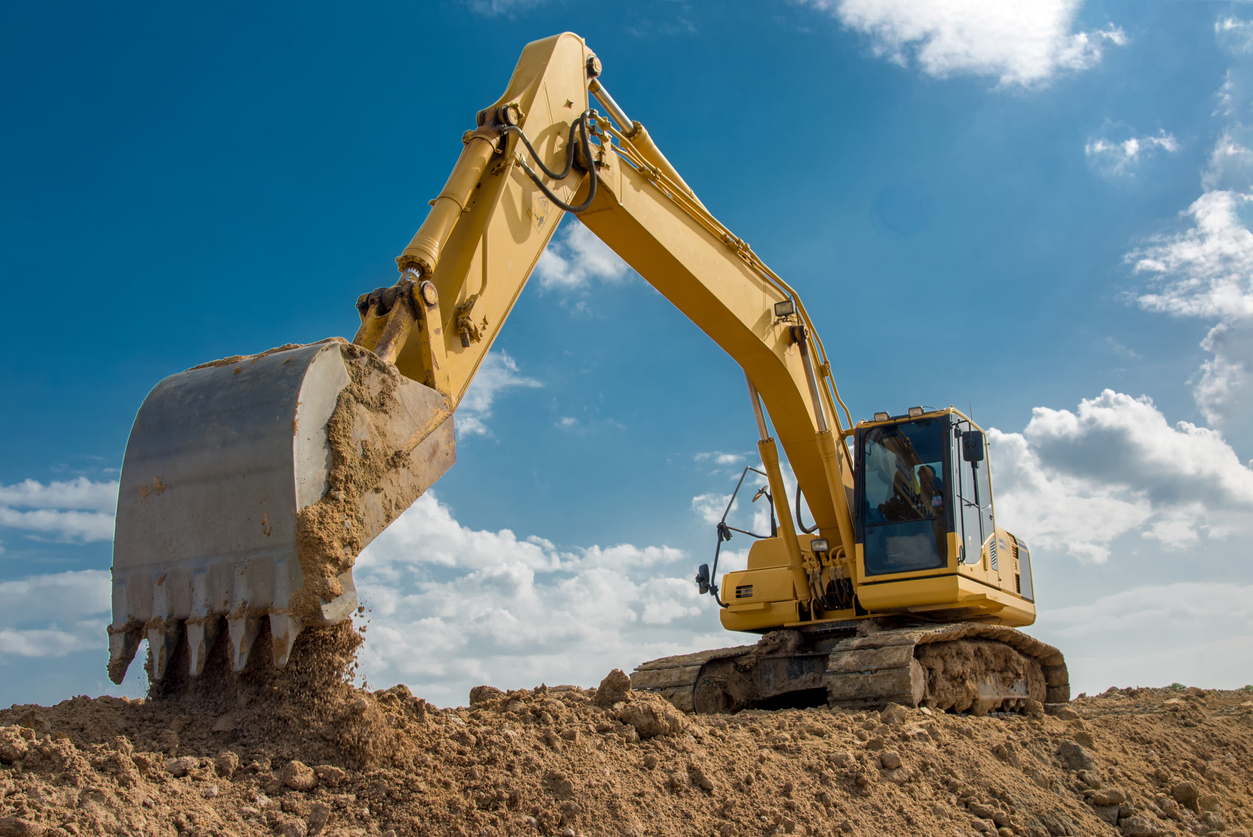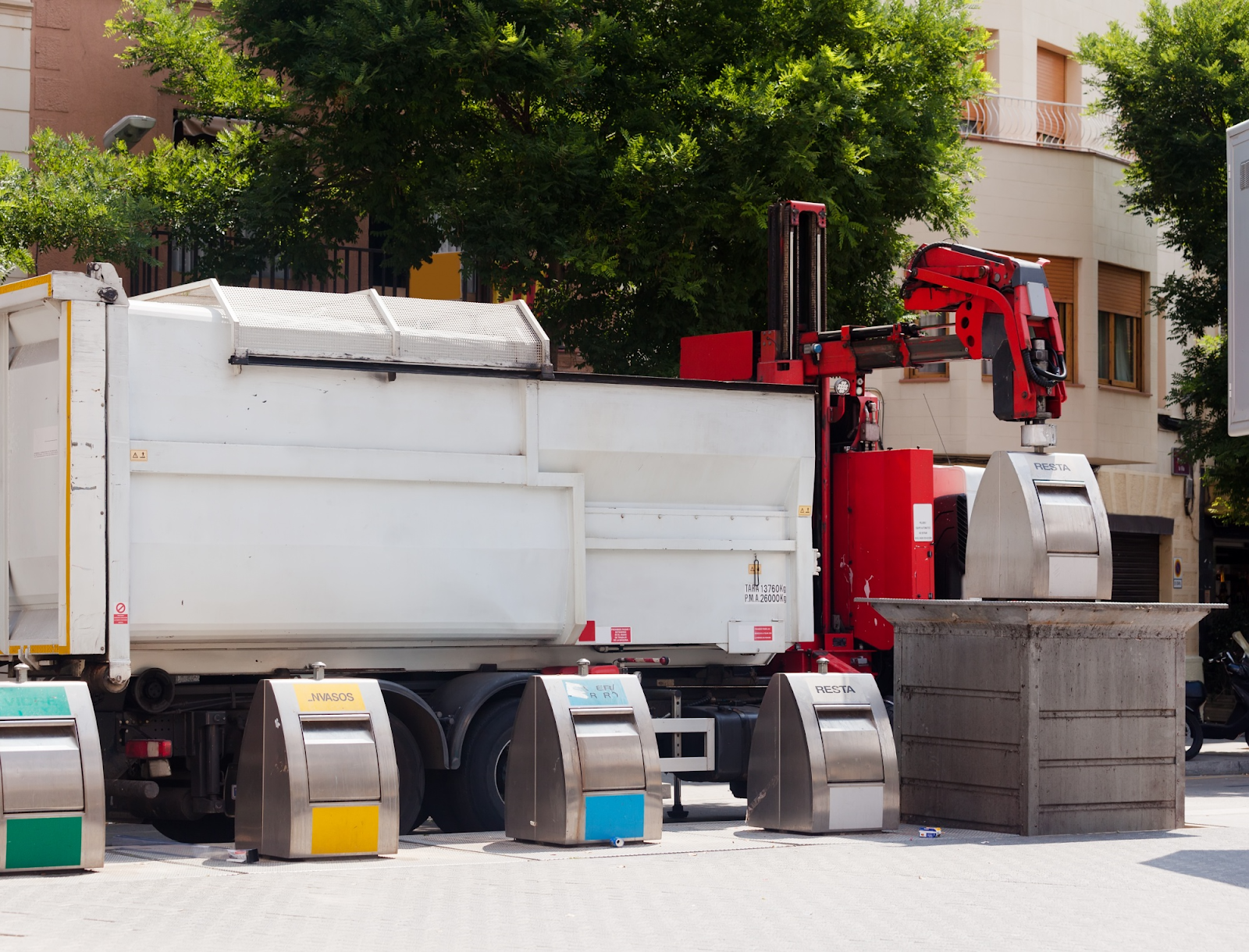
Every construction project demands the right set of tools and machinery. Whether you’re working on a small residential job or a massive commercial site, having the right equipment can determine how efficiently and safely you complete the work. From digging foundations to lifting heavy loads, each stage of construction has its specific machinery requirements. Let’s explore the essential types of equipment that can support your construction journey.
Excavators For Groundwork And Demolition
Excavators are among the most common machines found on construction sites. These large, heavy-duty units are used to dig, demolish, and move massive amounts of earth. With a rotating cab and long arm, excavators can operate in tough terrains. They’re essential during the early phases of construction when clearing or trenching is needed. Operators often equip them with different tools for varied tasks, making them incredibly versatile.
Versatility With A Backhoe Attachment
A backhoe attachment is a tool added to a loader or tractor, used for digging and trenching in tight spaces. It’s highly useful when a full-sized excavator isn’t practical. These attachments come with a digging bucket on a two-part articulated arm and can be quickly switched in and out. Backhoe attachments are particularly useful on job sites that require flexibility and mobility. Toward the end of excavation or for quick trench repairs, this equipment plays a pivotal role. Many crews rely on a backhoe attachment to handle smaller excavation jobs without bringing in extra machinery.
Efficiency With SkyTrak Telehandlers
SkyTrak telehandlers are telescopic forklifts designed for lifting and placing materials at heights and over obstacles. Unlike traditional forklifts, these machines come with an extendable boom that allows for forward reach and elevation. The skytrak telehandlers are a favorite on large-scale construction sites due to their rugged design and high lifting capacity. Whether lifting pallets of bricks or moving materials to upper floors, they save both time and labor. Their real advantage shines through when navigating uneven terrain, making skytrak telehandlers an essential component of a high-performing job site.
Concrete Mixers For Strong Foundations
No structure stands without a solid base. Concrete mixers are crucial when preparing your own concrete on-site. Portable or truck-mounted, they combine cement, sand, gravel, and water to produce the material that forms walls, floors, and foundations. Mixers save time and ensure consistency, especially when large volumes are needed. For remote sites where delivery trucks can’t access easily, a portable mixer is often the go-to solution.
Cranes For Lifting Heavy Loads
When it comes to vertical construction, cranes are indispensable. Tower cranes dominate city skylines, while mobile cranes serve smaller or moving sites. They’re designed to lift heavy materials like steel beams, roofing trusses, and HVAC units to elevated work areas. Cranes reduce manual labor and minimize the risk of injury by safely handling oversized or heavy objects.
Compactors For Site Stability
Before any real building begins, the ground needs to be properly leveled and compacted. That’s where compactors come in. These machines press soil, gravel, and asphalt to ensure a solid, stable surface. Uneven or loose soil can lead to future cracks or structural failure. With vibratory rollers or plate compactors, teams can quickly prepare the site, ensuring it meets required specifications.
Conclusion
Choosing the right equipment for construction isn’t just about efficiency—it’s about safety, precision, and project success. From the compact power of a backhoe attachment to the lifting strength of skytrak telehandlers, every piece of machinery serves a purpose. Understanding what to use and when can transform a challenging site into a well-oiled machine.






